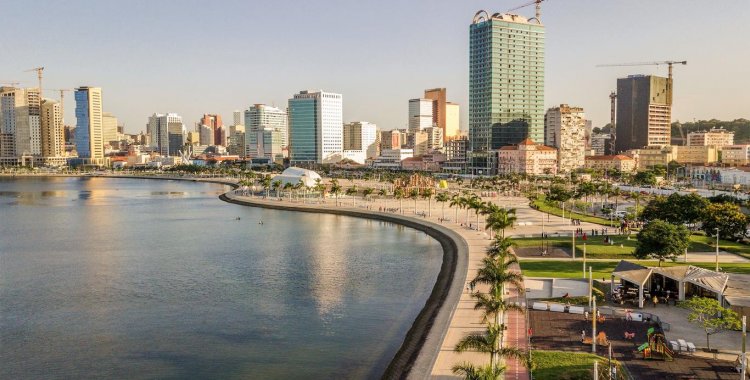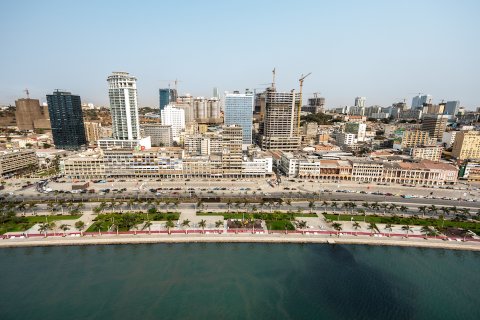According to the 'Fiscal Monitor', released within the scope of the Annual Meetings of the International Monetary Fund (IMF) and the World Bank, which are taking place in Washington this week, the ratio of Angola's public debt to Gross Domestic Product is expected to exceed 136 .5 percent in 2020 to 86.4 percent last year and 56.6 percent this year, falling further in 2023 to 52.5 percent of GDP.
In the report, the IMF does not provide an explanation for this forecast, but the appreciation of the kwanza in recent quarters, after several years of strong declines following partial exchange rate liberalization, and the return to positive growth in the economy last year. , and especially this year, explain a good part of the improvement in this indicator.
Despite the improvement in the debt ratio, Angola continues to appear on the lists of countries with too high a debt, not so much in terms of its value in relation to GDP, but because of the cost of indebtedness, that is, the interest that private investors demand to participate in issues of public debt.
On Wednesday, the United Nations Development Program (UNDP) released a report in which Angola was on the list of countries most vulnerable to the debt burden.
According to UNDP data, which placed Angola on the border of the 54 most vulnerable countries, Luanda had a debt that was worth 83.6 percent of GDP last year, out of the total of 47.1 billion of dollars in debt reported in 2020, more than 76 percent was owed to China and just 6.1 percent to the Paris Club, the organization that represents the most developed countries and pools bilateral loans made to developing countries.
In the report, the UNDP warned that “to avoid a repetition of previous debt crises and a new lost decade, debt restructurings should not prioritize debt maturity extensions and interest rate reductions, over debt forgiveness [ 'write-down'] if and when the Debt Sustainability Analysis suggests that these pardons are necessary to restore sustainability".
The International Monetary Fund has revised down its growth forecast for sub-Saharan Africa, now estimating growth of 3.6 and 3.7 percent this year and next, with inflation rising to 14.4 percent.
“In sub-Saharan Africa, the growth outlook is slightly worse than the July forecast, with a decline from 4.7 percent in 2021 to 3.6 and 3.7 percent in 2022 and 2023, respectively, which represents downward revisions of 0.2 and 0.3 percentage points", reads the report on World Economic Forecasts, released this week as part of the IMF and World Bank Annual Meetings.
This downward revision "reflects lower growth in trading partners, tighter financial and monetary conditions and a negative change in the terms of trade in raw materials", add IMF economists, who estimate world growth at 3.2 percent this year, down 0.2 percentage points from the July forecast, and a slowdown to 2.7 percent in 2023.







